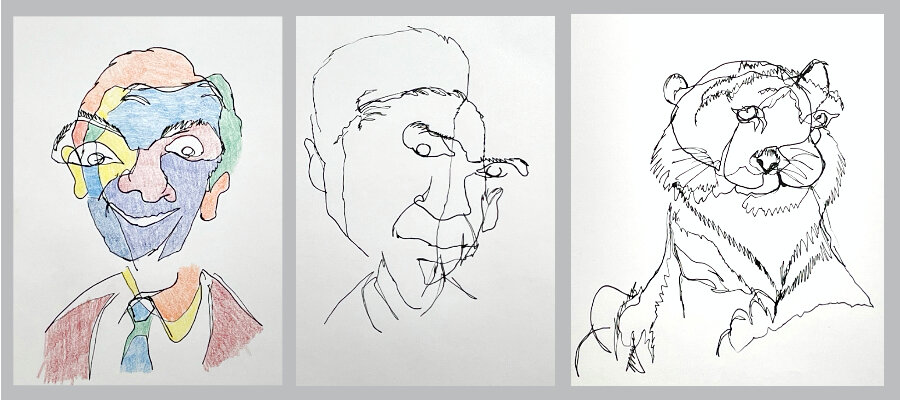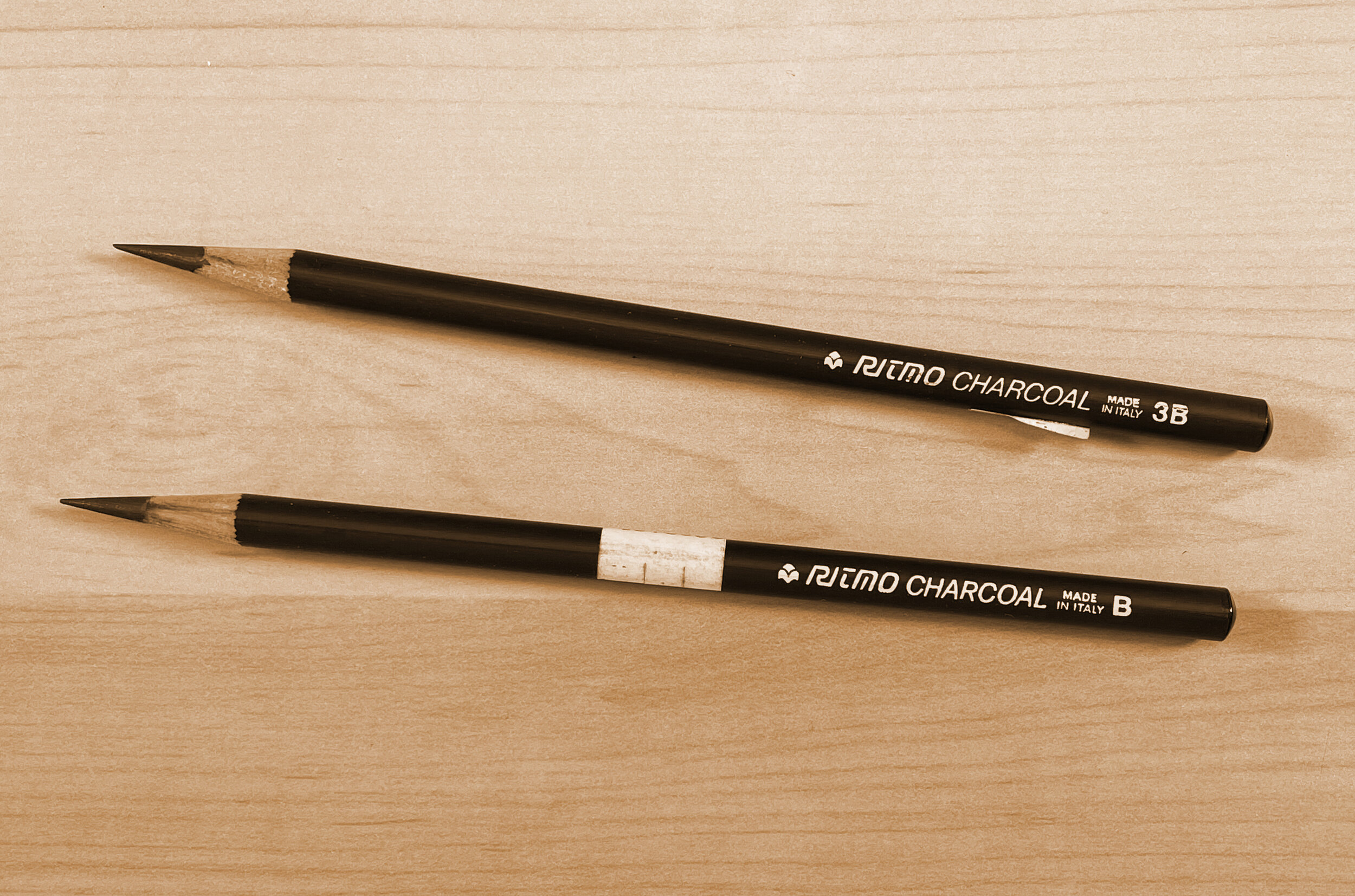Monday Motivation
Here are some common motivation styles that drive people to work hard and achieve success.
Money and Rewards: We all want to get all the shiny new stuff. The stuff isn’t really important but maybe its the feeling of getting the new stuff that is driving you.
Desire to be the Best, Win: Think of world record athletes, to be the best of the best they dig hard and sacrifice a lot. There can only be one at the top.
Helping Others: For some it’s changing the lives of the people around them and making a difference. Maybe you have been there and know the feeling so helping others motivates you to keep going.
Power and Fame: Politicians and business men want to become powerful leaders.They are driven to achieve greater power and fame in life.
Recognition: To prove that either they are right or someone is wrong. Sometimes it’s just to getting recognition from others.
Passion: Think about it, there are times when you feel so passionate for something that you are willing to sacrifice for it.
You can be driven by more than one motivation style but there will always be a dominant style. Find out which style motivates you the most. Create a plan to drive your success with that style of motivation.
























































